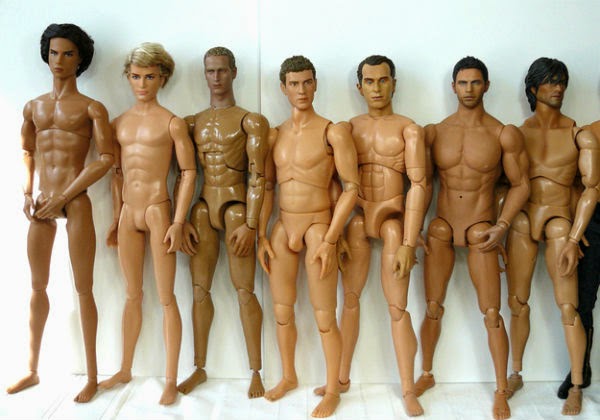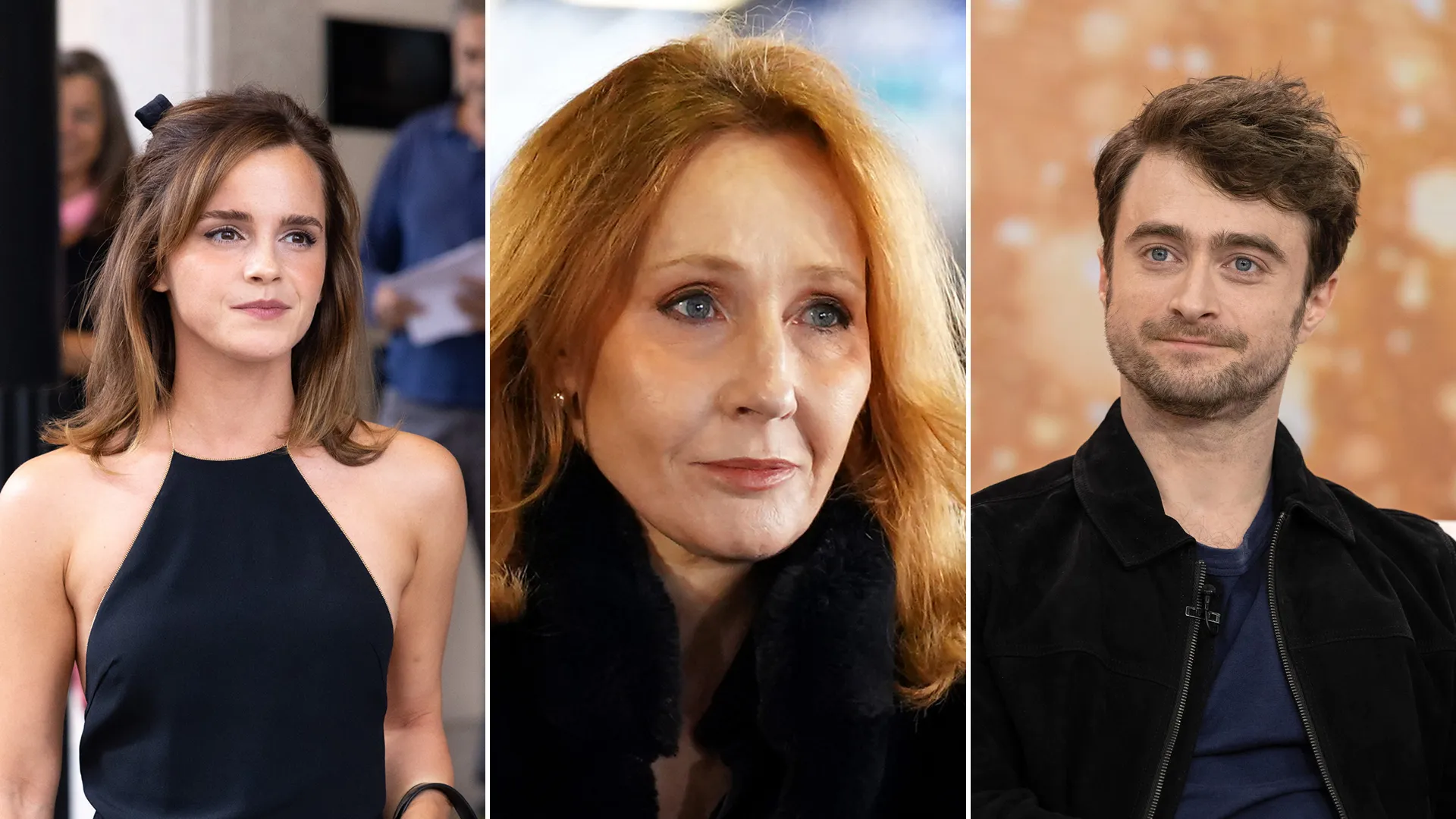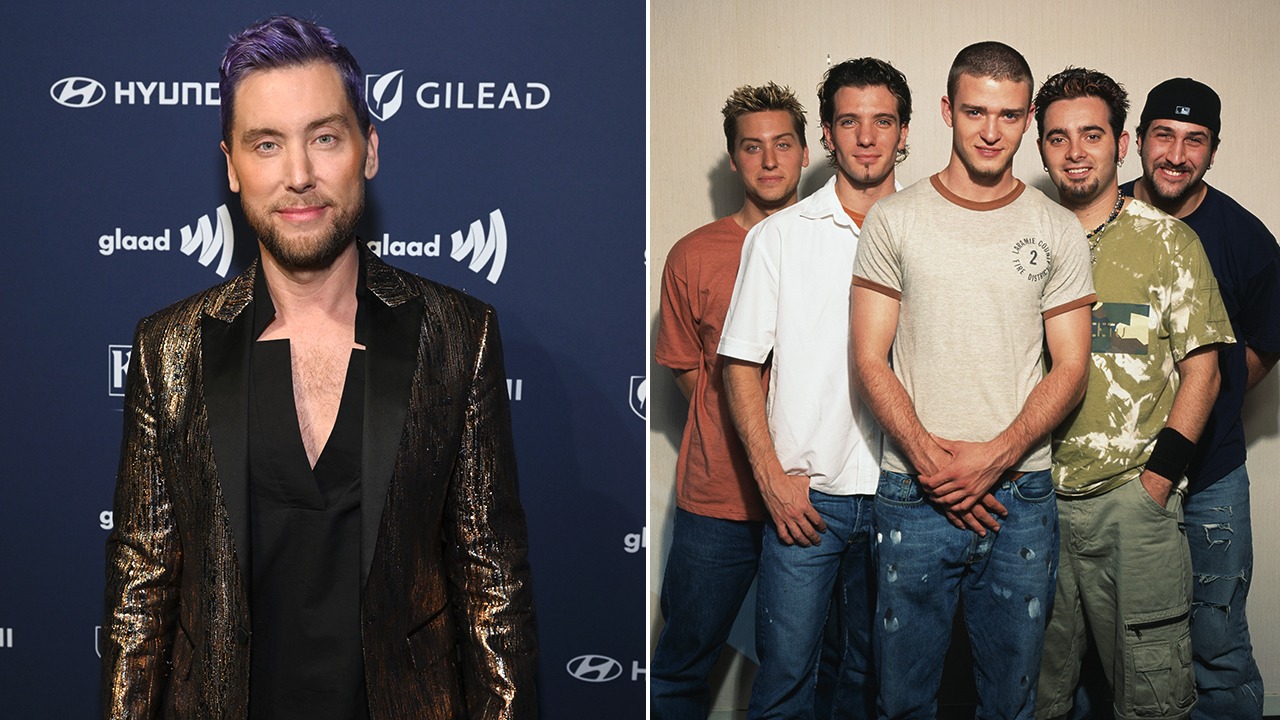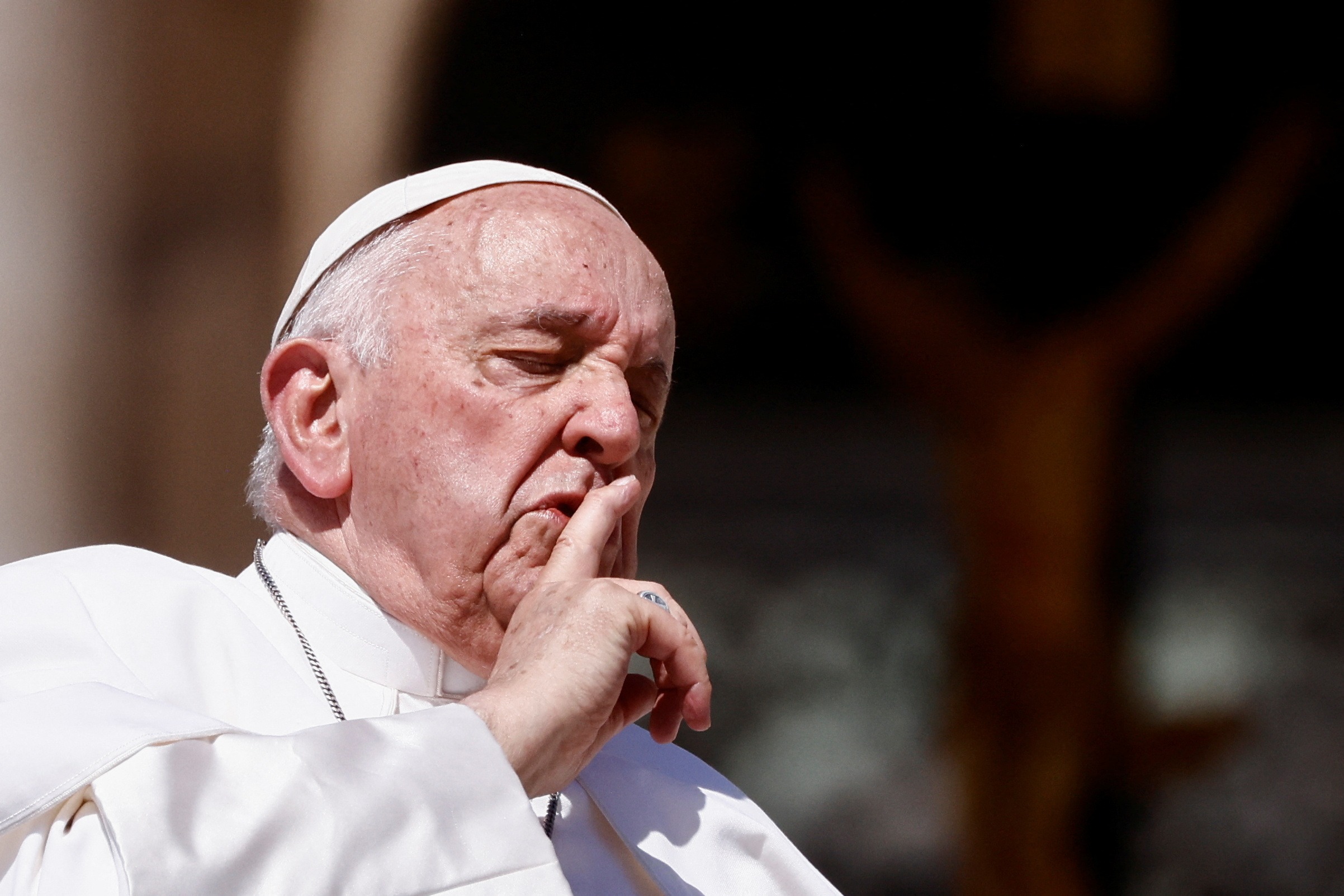Report: LGBTQ Characters of Color Outnumber White Counterparts on TV
Written by Joseph • October 25, 2018
GLAAD’s latest Where We Are on TV report has news of record-breaking representation. For the first time, LGBTQ characters of color outnumber white LGBTQ characters on broadcast television. This was one of the major findings from GLAAD’s latest Where We Are on TV report, which examines diversity on network, cable, and streaming television in the 2018-2019 season. The […]

GLAAD’s latest Where We Are on TV report has news of record-breaking representation.
For the first time, LGBTQ characters of color outnumber white LGBTQ characters on broadcast television.
This was one of the major findings from GLAAD’s latest Where We Are on TV report, which examines diversity on network, cable, and streaming television in the 2018-2019 season.
The report found that a record-setting 8.8 percent of all series regulars on broadcast TV are LGBTQ, which is an increase from last year’s amount (6.4 percent). In another marker of progress over the previous year, these characters are nearly split between male and female, with women comprising 49.6 percent of these roles.
There have also been improvements in racial representation; 50 percent of LGBTQ characters are people of color, and 49 percent are white. Moreover, in the past year, representation has increased for bisexual (117 from 93), transgender (26 from 16), and HIV-positive (seven from two) characters.
The majority of LGBTQ characters on streaming services were found on Netflix, while FX boasted the most LGBTQ diversity on cable TV. At present, there are 208 LGBTQ characters on cable and 112 on streaming, which is nearly double last year’s count of 65.
Representatives from GLAAD — the nation’s most prominent LGBTQ media organization — praised these gains in representation.
“With anti-LGBTQ policies being debated here and abroad, the stories and characters on television are more critical than ever before to build understanding and acceptance of LGBTQ people,” said Sarah Kate Ellis, CEO of GLAAD.
“Not only do stories that explore the rich lives and identities of LGBTQ people move the needle forward culturally, but they pay off in ratings – shows like Will & Grace, Supergirl, Empire, and How to Get Away With Murder all attract millions of viewers weekly and demonstrate that audiences are hungry for new stories and perspectives,” Ellis added.
“This year’s Where We Are on TV report has shown important progress towards a media landscape that is LGBTQ-inclusive and portrays the community in a fair and accurate way,” said Megan Townsend, director of entertainment research and analysis at GLAAD.
“This year we noted two history-making television moments: the premiere of FX’s Pose, which features the largest number of transgender series regular characters on a scripted U.S. series ever, and this fall the CW’s Supergirl introduced audiences to TV’s first transgender superhero when Nicole Maines made her debut as Dreamer/Nia Nal,” Townsend said. “This is all part of a welcome increase in television telling groundbreaking stories featuring characters whose identities have long been left off screen.”
But the work of GLAAD is far from over. The organization is challenging the entertainment industry to keep adding LGBTQ characters until they make up10 percent of broadcast series regular characters on prime-time TV. It has set a goal of 2020 for this representation.
Read the full report at GLAAD.org.
Check out the original story here: The Advocate Magazine.





